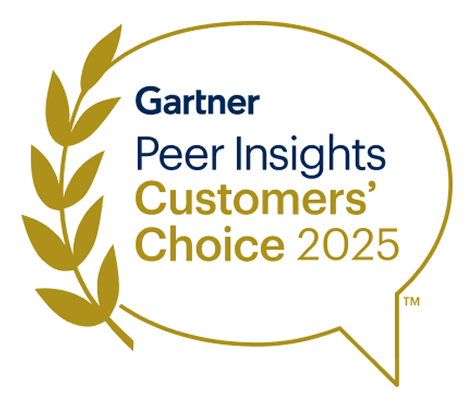Thoughts on Sentra and the Data Security Landscape After Our Series A
By Asaf Kochan, Co-Founder and President, Sentra
Series A announcements are an exciting time for any startup, and we look forward to working with our new investors from Standard Investments, Munich re Ventures (MRV), Moore Strategic Ventures, and INT3 to grow the cloud data security and data security posture management (DSPM) categories.
I wanted to take a moment to share some of my thoughts around what this round means for Sentra, cloud data security, and the growth of the DSPM category as a whole.
Seeing is Believing: From Potential Customer to Investor
The most amazing part of this round is that we didn’t originally intend to raise money. We approached Standard Industries as a potential customer not an investor. It was incredible to see how bought-in the team was to Sentra’s approach to data security. They understood instantly the potential for securing not only Standard’s data, but the data of every cloud-first enterprise. The total addressable market for data security solutions is already large, and it’s growing every year, as more and more new companies are now cloud-native. The global need for solutions like Sentra was obvious to their team after seeing the product, and I’m excited to have a forward-thinking investor like Standard as part of our journey.
It’s a Vote of Confidence in the Sentra Team and Product
Any Series A is first and foremost a vote of confidence. It’s an endorsement of the vision of the company, the approach the product is taking, and the potential of the core team to continue to grow the business. Anyone who has spoken with our talented team understands the level of expertise and perseverance they bring to every task, meeting, and challenge. I’m proud of the team we’ve built, and I’m excited to welcome many new Sentrans to the team in the coming months.
As I mentioned, the round is also a mark of confidence of the development and direction of the product itself. Working with our existing customers, we’ve regularly added new features, integrations, and capabilities to our solution. As we continue to discover, classify, and secure larger amounts of data in all cloud environments, the benefits of a data centric approach become clear. We’ve successfully reduced the risks of catastrophic data breaches by reducing the data attack surface, improved relationships between engineering and security teams by breaking down silos, and even helped our customers reduce cloud costs by finding and eliminating duplicate data.
Data Security is a Must, Not a Nice to Have
Raising money in the current economic climate is not to be taken for granted. The significant investment in Sentra’s vision speaks not only to the value provided by Sentra’s product and team, but also to how critical data security has become. Compliance, privacy, and security concerns are present regardless of how the NASDAQ is performing.
Certainly we’re seeing no slowdown in data security regulations. Global enterprises are now responsible for ensuring compliance with a growing number of data regulations from different government and commercial sources across the globe. When it comes to security and IP protection, the threat of a catastrophic data breach is top of mind for all cloud security teams. As the reality sets in that breaches are not a matter of “if” but “when”, the logic of the data centric approach becomes clear: If you can’t prevent the initial breach, you can make sure your most sensitive data always has the proper security posture. In the future we’re building, not every breach will be newsworthy, because not every breach will involve sensitive data. This funding round demonstrates the growing acceptance that this is the direction cloud security is and should be heading.
DSPM will Come to Dominate Cloud Security
There’s always some skepticism in the cyber world when a new category is created.
- Is the problem it claims to solve really that serious?
- Can we just use existing paradigms and tools to address it?
- Is implementing a new tool going to make a real difference for the business?
These questions are valid, and any cyber company operating in a new space must address them forthrightly and clearly. We have been clear from the beginning - a data centric approach to security with DSPM is not a small step, but a giant leap forward. Data is the core asset of most companies, and that asset is now stored in the cloud. Old approaches will not be sufficient. This new round is led by investors who recognize this new reality and share our vision that we need to put data at the core of cloud security strategies.
I want to end by again emphasizing how thankful I am for having amazing investors, partners, and team members join us over the last 18 months. So much has been accomplished already, but the industry shift to data centric security has only just begun. I’m looking forward to continuing to protect the most important business asset in the world - our data.








%201.webp)

.webp)



